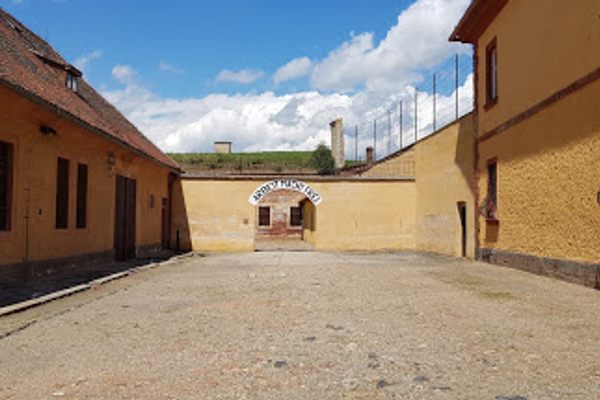Horseshoe Curve
This dramatic rail curve was once the target of a failed Nazi attack.
A track with a 220-degree arc on a mountainside leads trains through the Alleghenies near Altoona, Pennsylvania, attracting trainspotters from across the country but during World War II, the iconic curve attracted Nazi saboteurs.
Pennsylvania encompasses a wide area with the formidable Appalachian Mountains as a natural barrier, and traveling from the eastern to the western parts of the state could take 20 days by wagon until the Allegheny Portage Railroad was completed in 1834. Then, a trip across the state could only take four days, as long as the canals weren’t completely frozen over by winter weather. The rail line with the Horseshoe Curve was completed 20 years later, engineered by J. Edgar Thomson and built by over 450 workers, and it cut the travel time to 15 hours. As it traverses the Curve, a train travels almost half of a mile of track around and 122 feet in elevation.
As America entered World War II, the historic Horseshoe Curve became the target of Operation Pastorius, a Nazi plan to blow up a number of targets to cripple key points in the US infrastructure. Luckily the first group of saboteurs that landed were found out by the Coast Guard and the mission was scrapped.
Today, while travelers can either fly over the Allegheny Mountains or drive through them on the Pennsylvania Turnpike, railroad enthusiasts can still view the Curve, and trains going around it at the Horseshoe Curve Visitors Center. A funicular or a staircase takes watchers up the mountainside to the viewing area. As of 2008, 51 freight trains pass through the Curve daily, shipping 110 million tons of cargo every year, so visitors have a good chance to see a train circling the Curve. Amtrak’s Pennsylvanian line also uses the Curve, which is between the Johnstown and Altoona stops. As the train reaches the Curve, an announcement is made over the PA systems to let passengers know that they are traveling over railroading history.
Community Contributors
Added by
The Atlas Obscura Podcast is Back!









































Follow us on Twitter to get the latest on the world's hidden wonders.
Like us on Facebook to get the latest on the world's hidden wonders.
Follow us on Twitter Like us on Facebook